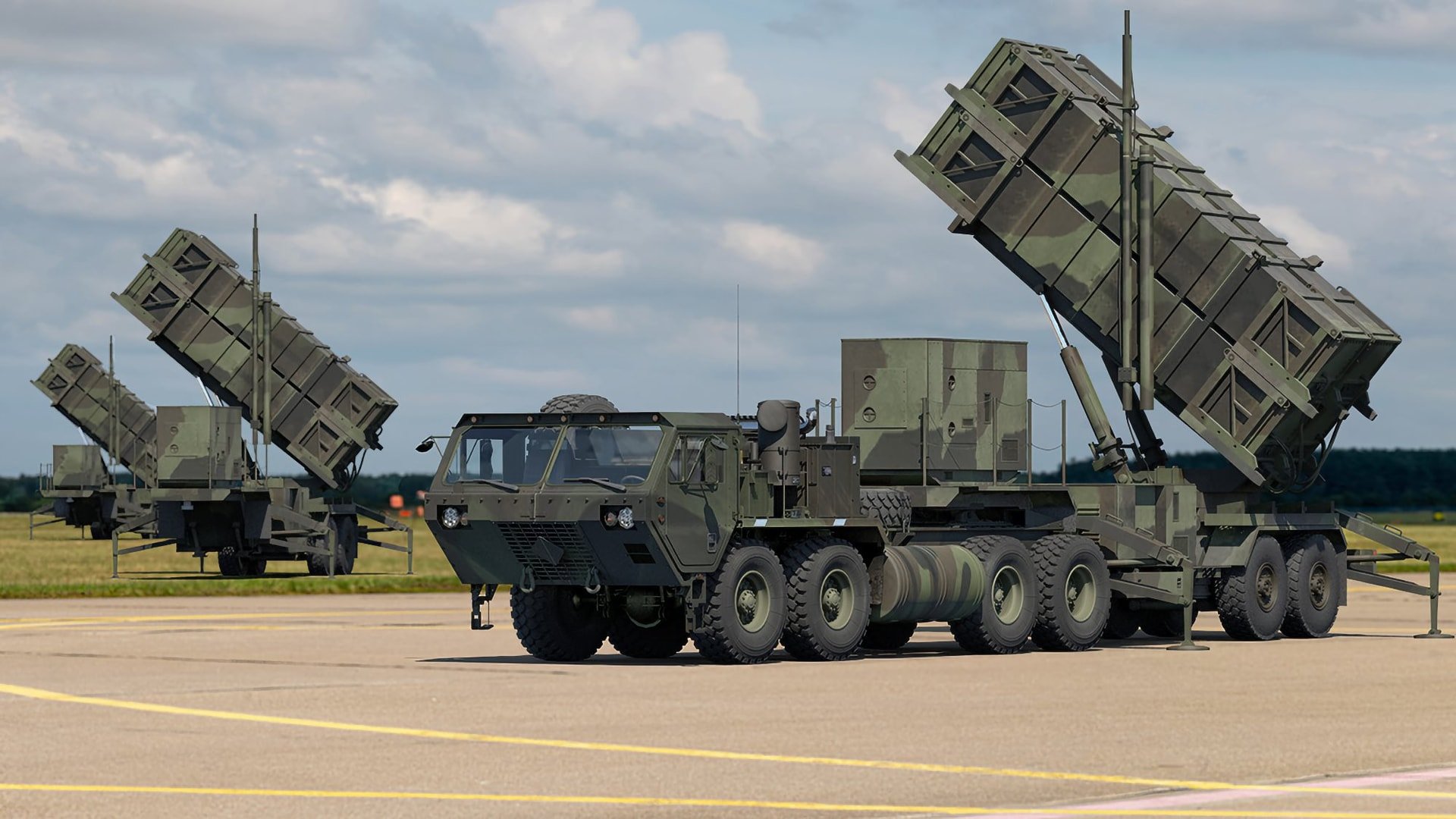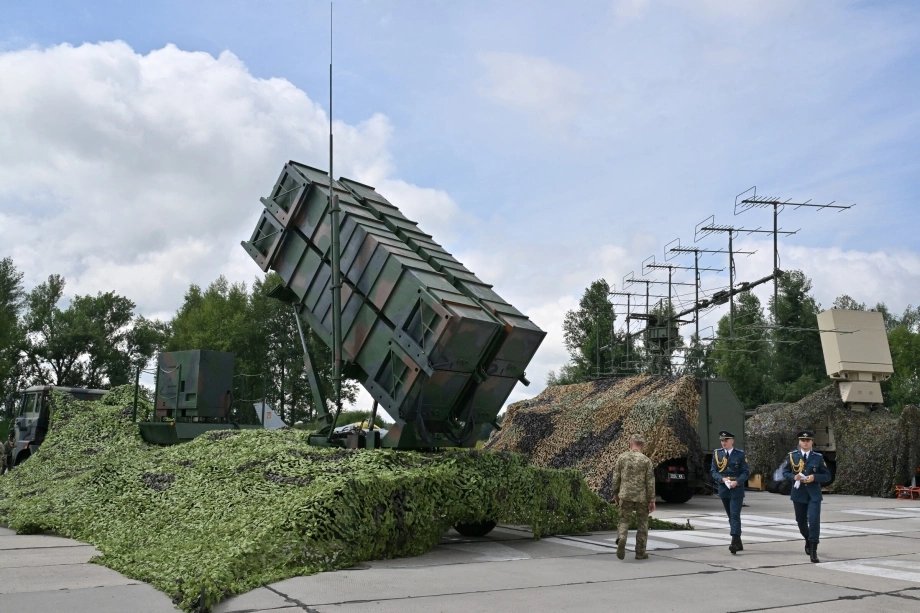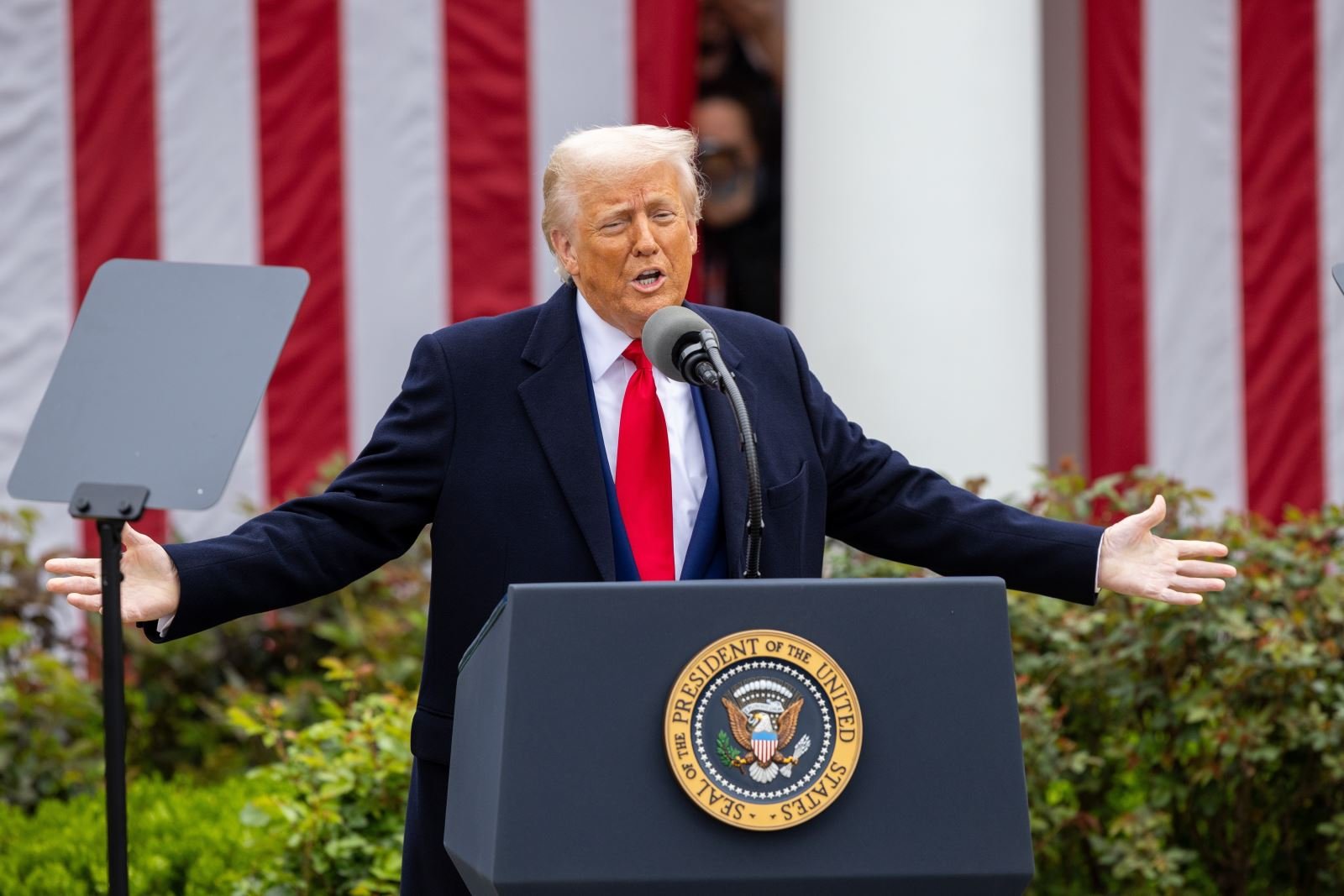As Russia’s war in Ukraine continues to evolve, Ukrainian President Volodymyr Zelensky has made a clear and urgent appeal to Western allies: Ukraine wants to purchase at least 10 Patriot air defense systems. This request comes at a crucial time when Ukraine is struggling to maintain air superiority and defend critical infrastructure from relentless Russian missile and drone attacks. The desire for multiple Patriot batteries reflects Ukraine’s long-term strategy to modernize its air defense, protect civilians, and deter further aggression from Moscow.
In this article, we explore the background of the Patriot system, why it has become a central pillar in Ukraine’s defense strategy, the implications of this request on NATO, the broader geopolitical consequences, and what this bold demand reveals about Ukraine’s current military and diplomatic trajectory.
### **The Patriot System: A Brief Overview**

The MIM-104 Patriot is one of the most advanced surface-to-air missile (SAM) systems developed by the United States. Designed initially to counter enemy aircraft, it has evolved into a robust system capable of intercepting ballistic and cruise missiles. Patriot systems have seen action in numerous conflicts, from the Gulf War to recent operations in the Middle East, proving their reliability and effectiveness.
Each Patriot battery is composed of radar systems, command and control units, and several missile launchers. The cost of one battery is estimated to be around $1 billion, depending on configuration and munitions. Its high price tag reflects its cutting-edge capabilities, which are particularly suited for intercepting threats like the Russian Iskander missiles or Iranian-designed drones that are increasingly being used in Ukraine.
### **Ukraine’s Increasing Need for Air Defense**
Since the early days of the war, Russian forces have launched thousands of missile and drone strikes against Ukrainian infrastructure, military bases, energy facilities, and urban centers. These attacks have not only resulted in significant civilian casualties but also disrupted energy supplies and critical services, especially during harsh winter months.
Although Ukraine has received various types of air defense support from Western nations, including NASAMS, IRIS-T, and older Soviet-era systems, these assets are often insufficient to cover the vast territory of Ukraine. The introduction of even one or two Patriot batteries has significantly improved defense in key areas like Kyiv. However, President Zelensky is now pushing for at least 10 batteries—enough to provide broad coverage over major cities, military installations, and critical energy infrastructure.
### **Why 10 Patriot Systems?**

President Zelensky’s request for at least 10 Patriot systems is not arbitrary. It reflects a calculated assessment of Ukraine’s geographical vulnerabilities and military priorities. According to Ukrainian defense officials, to effectively shield the country’s most vital assets—including power plants, command centers, and major cities—multiple layers of defense are necessary.
Ten Patriot batteries could create overlapping coverage zones, significantly reducing the likelihood of successful Russian strikes. This would also free up other air defense units to protect secondary targets, making Ukraine’s defense posture more resilient and flexible. In essence, Ukraine isn’t just looking for survival—it’s looking to establish air dominance and secure long-term sovereignty.
### **A Call to the West: Will NATO Respond?**
Zelensky’s request is both a military necessity and a political test for NATO and the broader Western alliance. The United States has so far provided at least one Patriot battery, and Germany and the Netherlands have also contributed units. But supplying 10 full systems would require substantial coordination, funding, and logistical planning.
The question now is whether NATO is willing and able to fulfill this demand. While some member states may be concerned about depleting their own defense stocks, others see this as a strategic investment in European security. If Ukraine can effectively shield itself from missile attacks, Russia’s offensive momentum could be seriously hindered, potentially shifting the course of the war.
### **Financial and Logistical Challenges**

Acquiring 10 Patriot systems isn’t just a diplomatic or strategic challenge—it’s also a massive logistical and financial undertaking. Each system costs around $1 billion, and training operators, building infrastructure, and integrating these systems with Ukraine’s existing command and control networks takes months, if not years.
However, Western partners have already begun training Ukrainian personnel on the Patriot system, and the Ukrainian government has signaled readiness to fund part of the procurement through foreign loans, military aid, or even direct purchases. Still, delivering 10 systems in a warzone requires unprecedented coordination and commitment.
### **Strategic Advantages for Ukraine**
Should Ukraine succeed in acquiring the desired number of Patriot systems, the implications would be far-reaching. First and foremost, this would drastically reduce civilian and military casualties caused by Russian missile strikes. It would also help Ukraine preserve its energy grid, ensuring that homes, hospitals, and military operations can function even under constant threat.
Moreover, enhanced air defense would allow Ukraine to launch more effective counteroffensives, knowing that rear areas and supply lines are well protected. This, in turn, could shift the balance of power on the battlefield, placing Russia on the defensive.
### **Russia’s Reaction: Escalation or Retaliation?**

Unsurprisingly, Russia has responded with fury to reports that Ukraine may receive additional Patriot systems. The Kremlin has accused the West of “escalating the conflict” and threatened retaliatory measures. Russian military analysts have also warned that Patriot systems could become prime targets for missile and drone strikes.
Despite these threats, Western officials argue that helping Ukraine defend itself is not escalation—it’s deterrence. The longer Ukraine lacks adequate air defense, the more emboldened Russia becomes in attacking civilian targets. Supplying Patriot systems is a way to prevent further humanitarian disasters and enforce international norms.
### **Public Opinion and Political Will**
In the United States and across Europe, public support for aiding Ukraine remains relatively strong, but there are signs of fatigue and political friction. Zelensky’s repeated requests for weapons, money, and political backing have sometimes been met with skepticism, especially as elections loom in major NATO countries.
However, the visible success of systems like Patriot in intercepting Russian missiles has helped maintain support among Western lawmakers and the general public. The emotional appeal of defending Ukrainian civilians from terror attacks also continues to resonate with many across the globe.
### **Ukraine’s Long-Term Vision**

Zelensky’s ask is not just about surviving the next phase of war—it’s about building a sustainable defense system for the future. Even if peace negotiations were to begin tomorrow, Ukraine would need years to rebuild its military and civilian infrastructure. Air defense will be a critical component of this rebuilding process, not only to deter future aggression from Russia but also to lay the foundation for eventual NATO membership.
By requesting 10 Patriot systems, Zelensky is signaling that Ukraine wants to be seen not as a temporary recipient of aid but as a future pillar of European security architecture.
### **International Response: What’s Next?**
Following Zelensky’s appeal, several countries have begun reviewing their inventory of Patriot systems and discussing the possibility of further donations or sales. The United States has acknowledged the request but emphasized the need to balance global commitments, including those in the Indo-Pacific and the Middle East.
Germany, which has already delivered systems to Ukraine, is reportedly considering additional contributions. Poland and the Netherlands have also voiced support for Ukraine’s air defense needs. A coalition of willing nations could emerge, each contributing components, funding, or training, to collectively fulfill Ukraine’s ambitious request.
### **Conclusion**
President Zelensky’s call for at least 10 Patriot air defense systems is a bold, strategic, and essential move in Ukraine’s ongoing struggle for sovereignty. While the financial and logistical challenges are significant, the potential benefits—saving lives, deterring aggression, and shifting the balance of war—are too great to ignore.
For Ukraine, these systems represent more than just military equipment—they are a lifeline, a shield, and a statement of national determination. For the West, meeting this request is not merely about aiding an ally—it’s about standing up for the values of freedom, security, and peace in the 21st century.
As the world watches, one thing is clear: the future of Ukraine’s defense—and perhaps the fate of Europe’s security—may hinge on whether or not 10 Patriot systems become a reality.
